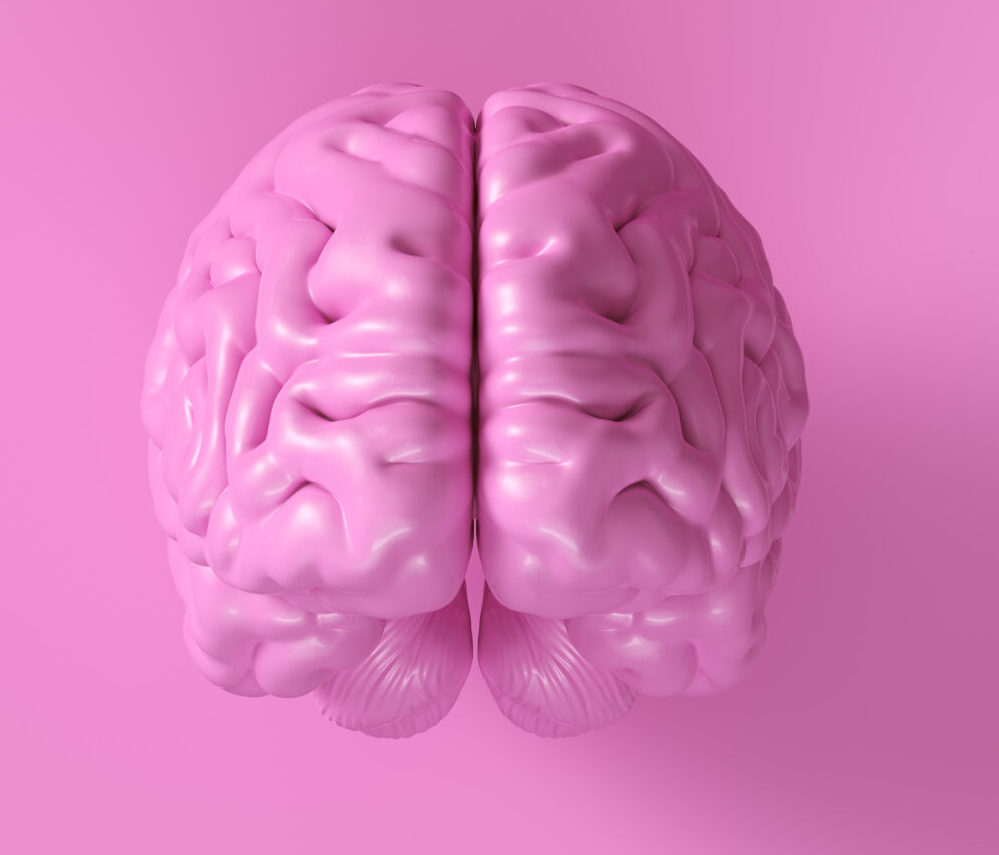Amyloid-beta (Aβ) is a protein fragment that plays a significant role in Alzheimer’s disease. It accumulates in the brain, forming plaques that are associated with cognitive decline. Understanding how Aβ is cleared from the body is crucial for developing effective treatments for Alzheimer’s.
### Peripheral Clearance Mechanisms
Aβ is not only produced in the brain but also in peripheral tissues. The liver is a key organ involved in removing Aβ from circulation. Hepatocytes, the main cell type in the liver, take up and break down Aβ. Additionally, bile acids help in the breakdown of circulating Aβ. This peripheral clearance mechanism is important because it can influence the amount of Aβ that accumulates in the brain. If the liver’s ability to clear Aβ is impaired, it could lead to more Aβ accumulating in the brain, worsening Alzheimer’s symptoms.
### Microglial Mechanisms in the Brain
In the brain, microglia are the primary cells responsible for clearing Aβ. Microglia are a type of immune cell that acts like a cleanup crew, engulfing and digesting foreign substances, including Aβ plaques. Recent studies have shown that immunotherapy, which involves using antibodies to target Aβ, can enhance microglial activity. This leads to more efficient removal of Aβ plaques. The process involves specific proteins like TREM2 and ApoE, which are upregulated in microglia during immunotherapy. These proteins help microglia recognize and engulf Aβ more effectively.
### Therapeutic Strategies
Current treatments for Alzheimer’s often focus on reducing Aβ accumulation in the brain. However, these treatments have shown limited success. New research suggests that targeting peripheral clearance mechanisms, such as enhancing liver function or using immunotherapy to activate microglia, could offer promising avenues for treatment. By understanding how Aβ is cleared both peripherally and centrally, scientists can develop more effective strategies to combat Alzheimer’s disease.
In summary, Aβ clearance involves both peripheral organs like the liver and central mechanisms within the brain, particularly through microglial activity. Enhancing these clearance mechanisms holds potential for developing more effective treatments for Alzheimer’s disease.

